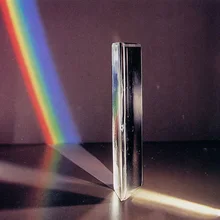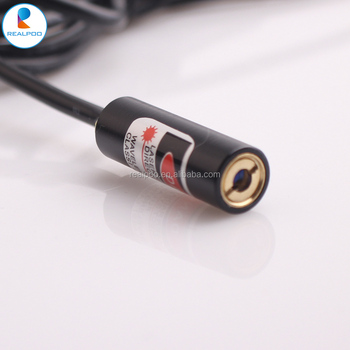The systemic redshift in the spectra of distant objects in space is the result of the interaction of photons with each other. In 1886, the English astronomer William Huggins discovered that the wavelengths of stellar light, that is, the radiation of the stars of our Galaxy, are somewhat shifted in comparison with the terrestrial spectra of the same elements! The galaxy is not expanding, and the spectral lines of chemical elements are nevertheless shifted towards the red side in comparison with the same lines of the same elements on Earth . That is, the energies of photons systematically decrease as they move from the stars of our Galaxy to us.
This can be explained by the interaction of photons with photons, but it is not the opposite photons that interact. Counter and transversely moving photons are absolutely permeable to other photons, because their effective interaction cross section is zero. But energetic photons catch up in their motion photons of low energy of the same direction of motion. At the same time, being for quite a long time at the same point in space, they somehow partially exchange energy and the material of which they are composed. Such events are apparently relatively rare, which is why very large distances are needed to reveal the effect of the systemic redshift.
The fact that the speeds of photons of different energies are somewhat different is shown by supernova explosions of type Ia, known both in our galaxy and in the most distant galaxies. These flares last in our galaxy for about two weeks, and in more distant galaxies they are stretched in time and this stretching is proportional to the redshift of these galaxies, in turn proportional to the distance of these galaxies. A supernova explosion in a galaxy with a redshift of 0.5 is observed for three weeks, and in a galaxy with a redshift of 1.0 it lasts for one month.
The redshift mechanism is easy to model in fiber. For experiments on the interaction of photons and obtaining the redshift effect in the laboratory, you need:



Infrared and ultraviolet photons are injected into the fiber from the side at the end of the fiber farther from the screen and output to the screen through a prism. For control, it is necessary to introduce photons of the opposite direction at the end of the fiber located next to the screen. If the lasers send photons to the screen separately, then dots of the corresponding color are obtained on the screen. The same picture was observed with the simultaneous operation of lasers, but with the opposite motion of photons.
But when lasers simultaneously send photons towards the screen, a very weak spectral picture appears, which indicates the conjunction of infrared photons with ultraviolet and the appearance of photons of intermediate energies .
